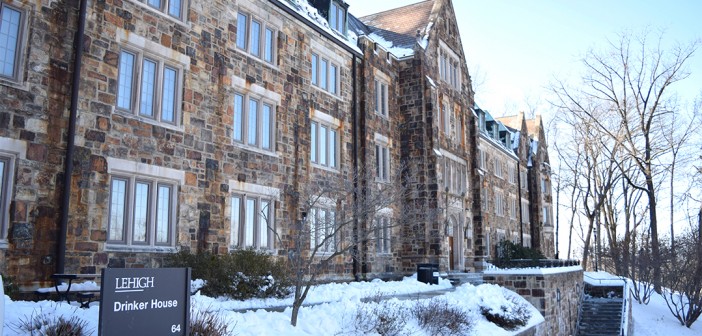The distinct housing option that once lured first-year students to reside in Lower Cents is now gone.
Co-ed floor housing is no longer an option for first-year students on campus. Previously, Lower Cents was the one place on campus where co-ed housing existed.
Although the residence buildings are still home to both men and women, co-ed floors have been removed. With the surge of recent changes on campus, this change has sparked questions among students who once experienced living next door to all genders, with incoming first-year students who also looked forward to the option.
According to Residential Services, traditional housing is now the only option offered for first-year students. Traditional housing includes single-gender floors, or wings separated by fire doors.
This style of housing is also present in the themed housing where students live with others who share similar passions and interests. First-year students are also now living among sophomores, juniors and seniors in Drinker and Taylor houses — two residence halls which were previously exclusive to upperclassmen.
Having the option to live alongside the opposite gender is intriguing, and for many students, it is a new experience.
Lauren Graves, ’18, said it creates a special dynamic when all genders are living in close quarters. Graves resided in Lower Cents as a first-year and chose the living option to escape the social climate and groupthink that living with a single gender can create.
“I felt like it really diversified my friends in a lot of ways because we had a wide variety of people on the floor,” Graves said.
When all genders are on the same floor, it helps eliminate cliques and gossip that can form, Graves said. She wanted to be friends with a variety of people and felt that friend groups function best when there is a mix of both men and women.
Graves also discussed the potential downsides or negative aspects of living on a co-ed floor.
“It was sort of uncomfortable when people two doors down from you are hooking up with other people on the floor,” Graves said.
Despite her belief that the positives outweighed the negatives, Graves acknowledged a definite pressure on college campuses to mitigate the relationships between men and women on campus due to social climates and prominent rape culture in existence nationwide.
She also understands there is an obvious drive to stop Lehigh’s growing party school reputation, and believes the dorm’s proximity to East Fifth Street as well as the relationships between men and women fostered in co-ed halls, drive that party atmosphere.
“Lower Cents definitely had the reputation of being the party spot,” Graves said. “And that’s a couple of things coming together, because we’re right on East Fifth Street, and I think to a large degree, it was because boys and girls were in the same area.”
Cristina Baquerizo, ’18, however, resided in McClintic-Marshall and lived on an all-female hall with a common room and fire doors separating them from the other wing of an all-male hall. Baquerizo preferred this option. She liked sharing common spaces, but not living spaces, with males.
“I’d rather have my space with my girls, and then the common area with the guys too,” Baquerizo said.
Like Graves, she also believes Lehigh got rid of co-ed floor housing to combat the party atmosphere it can create.
Lehigh’s Office of Residence Life was unavailable for comment at the time of publication.






Comment policy
Comments posted to The Brown and White website are reviewed by a moderator before being approved. Incendiary speech or harassing language, including comments targeted at individuals, may be deemed unacceptable and not published. Spam and other soliciting will also be declined.
The Brown and White also reserves the right to not publish entirely anonymous comments.
1 Comment
I think this is a good idea, especially since it will give new students the benefit of friendships with older students who can mentor them in the often-stressful adjustment to college life. Co-ed living is not for the immature.